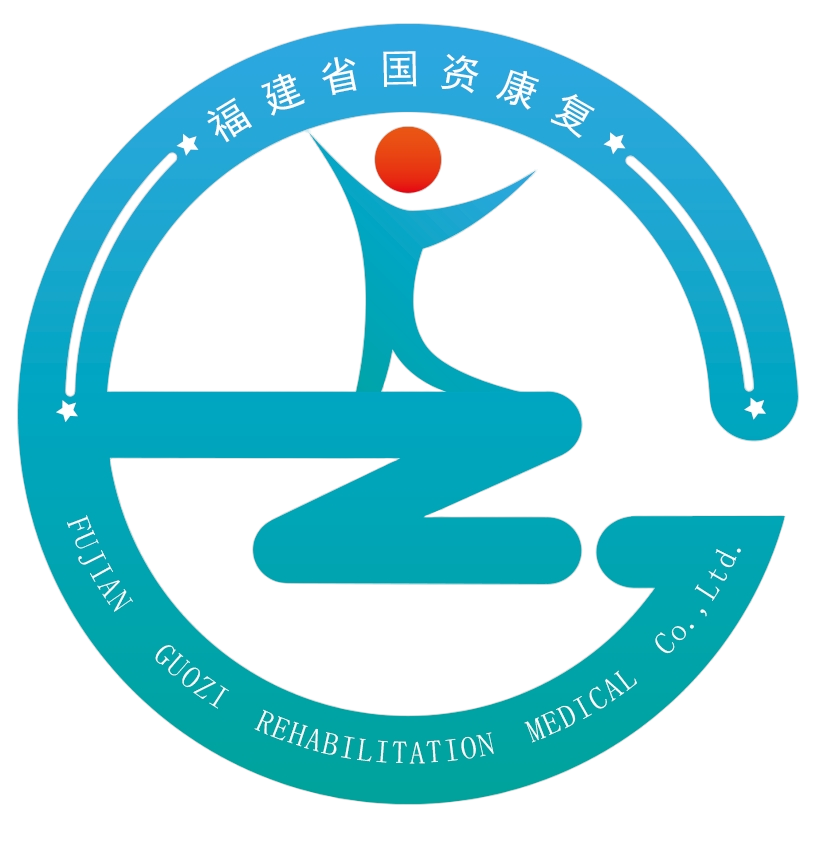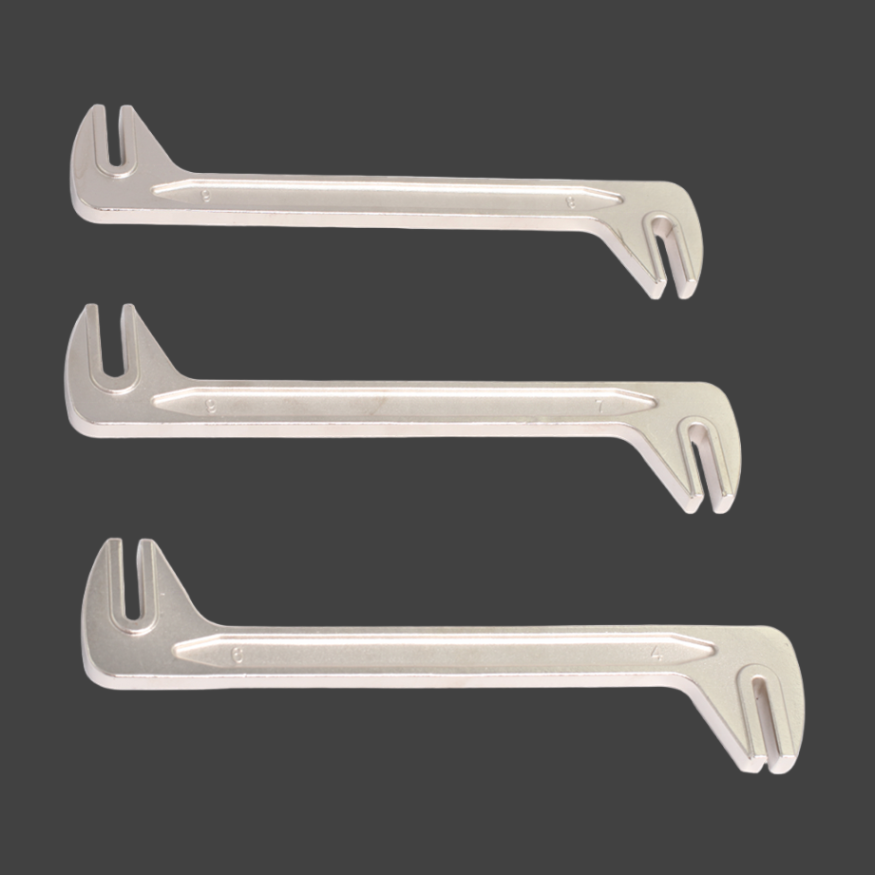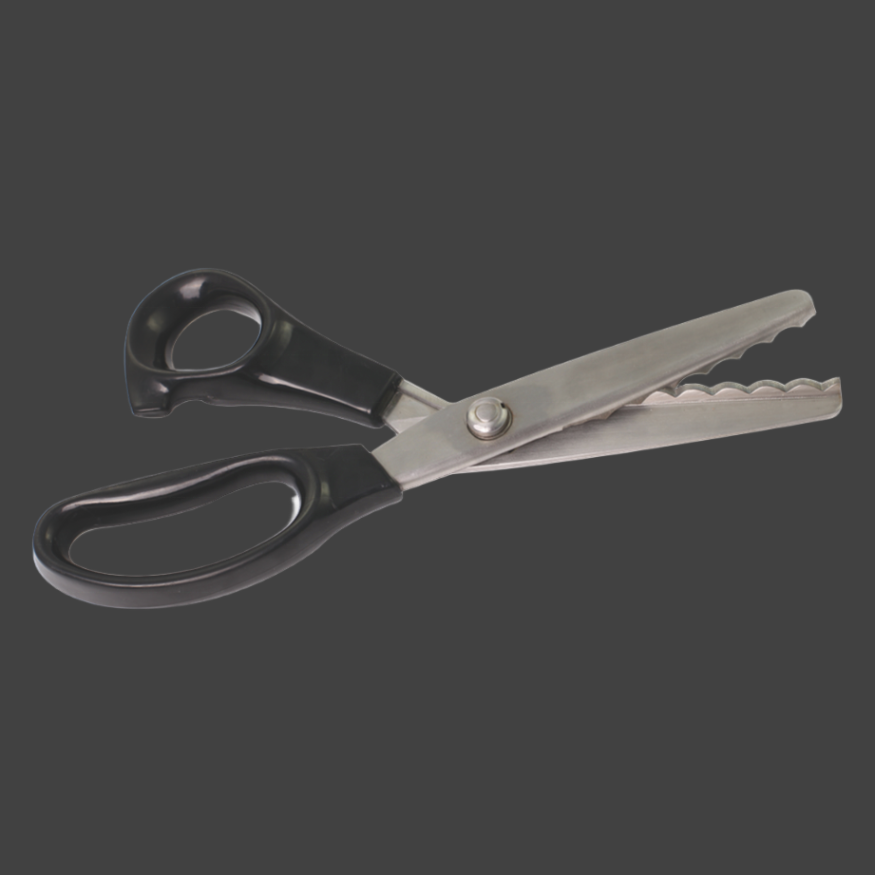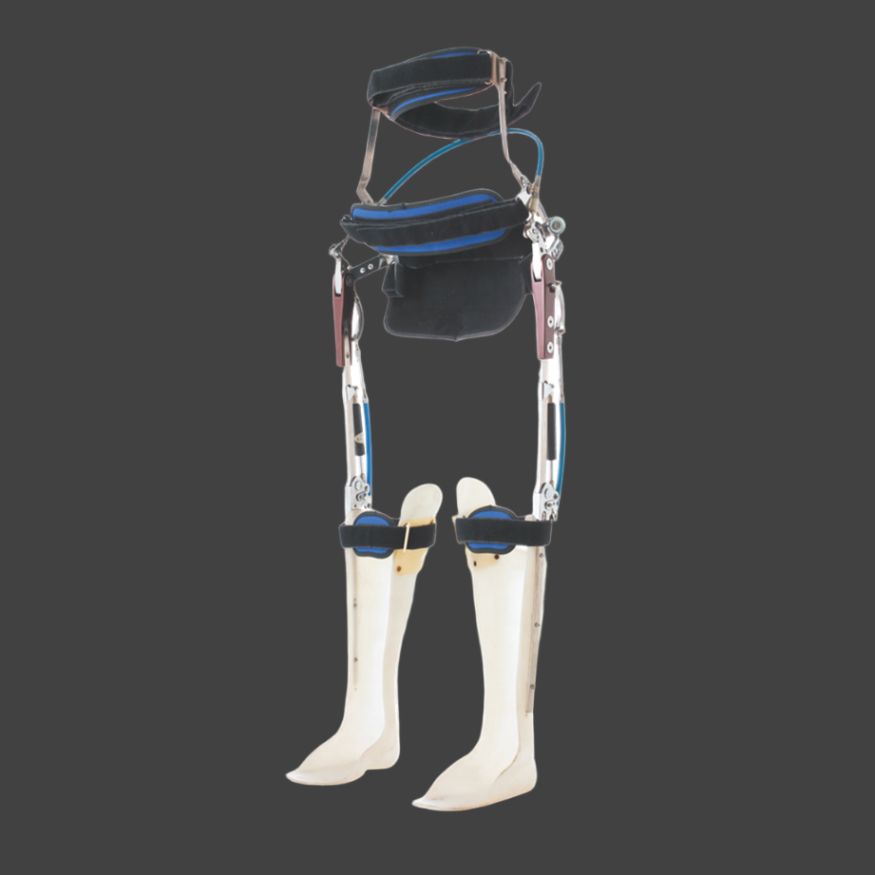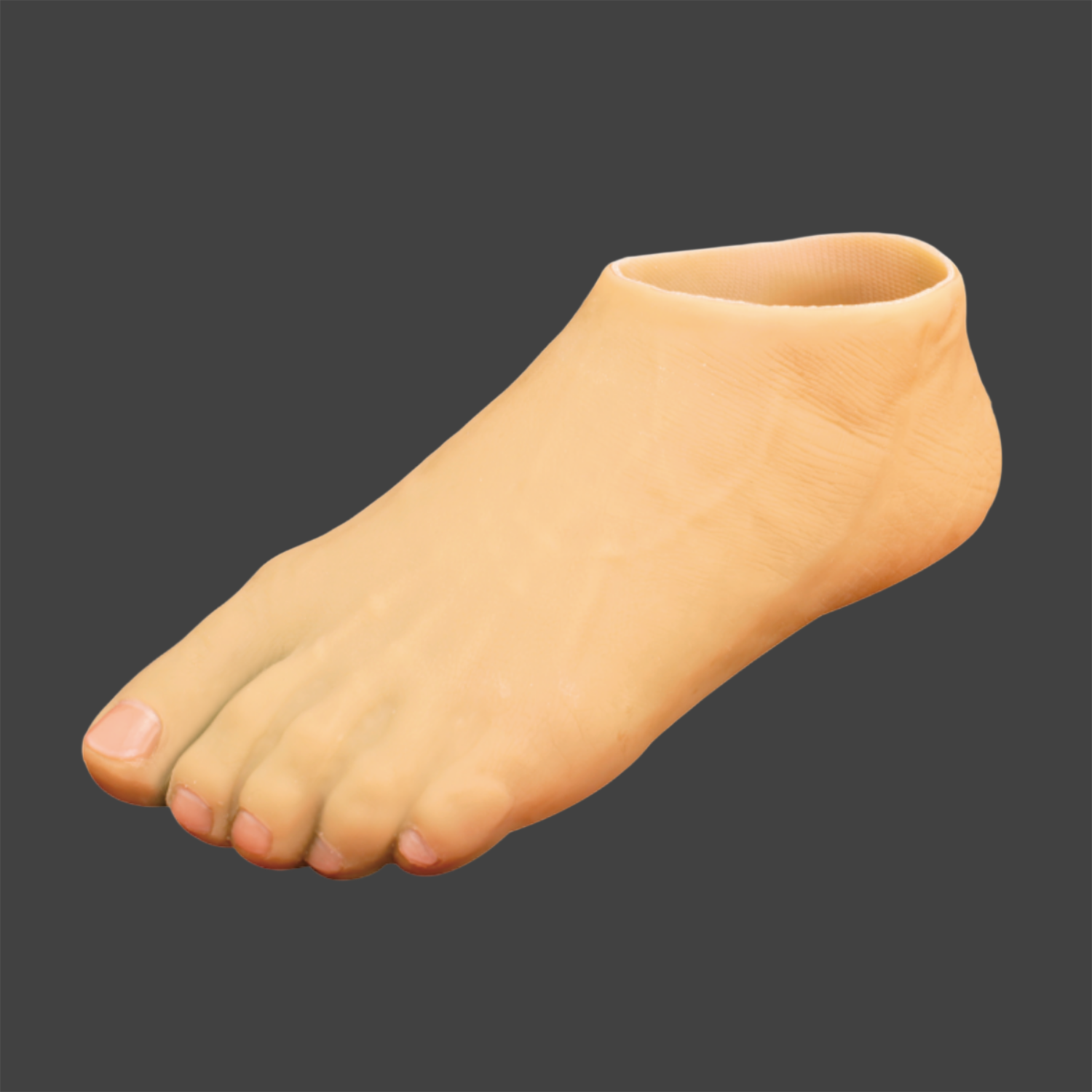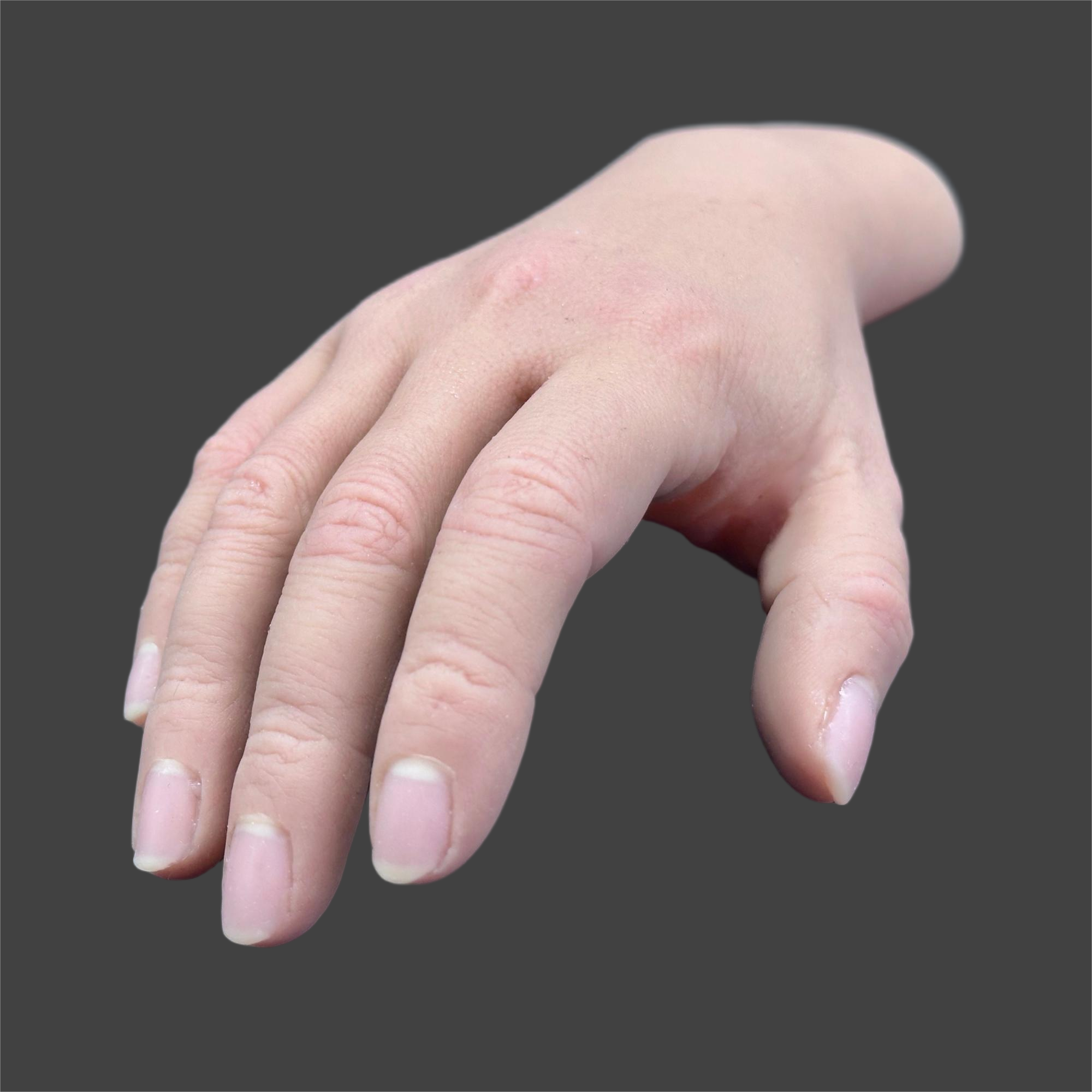Advanced Surgical Techniques and Equipment
Modern traumatic amputation management employs state-of-the-art surgical techniques and equipment that have significantly improved patient outcomes. High-precision microsurgical instruments allow for more accurate tissue handling and vessel repair, increasing the success rate of replantation procedures. Advanced imaging systems provide real-time guidance during surgery, enabling surgeons to make more precise decisions. The integration of specialized surgical microscopes and magnification systems allows for better visualization of small structures, crucial for successful microsurgery. These technological advancements have made it possible to attempt replantation in cases that would have been considered impossible in the past.


